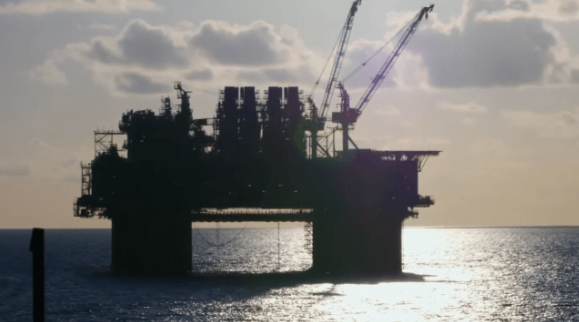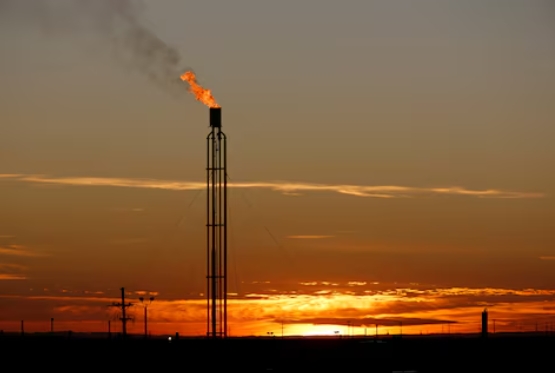Analysts had expected a draw, after yesterday the API also reported lower inventories and much lower than forecast, at that. The Institute’s estimate was for a 3.45-million-barrel decline versus expectations for a draw of 1.889 million barrels.
The EIA’s latest figure compared with inventory builds for each of the last two weeks. Last week, the authority reported an increase of 1.6 million barrels and the week before that, it estimated a rise of 2.4 million barrels.
For last week, the EIA also reported gasoline inventories had added 300,000 barrels, compared with a decline of 1.4 million barrels for the week before. In distillate fuels, the EIA reported a more sizeable build of 2.6 million barrels for last week, versus a fall of 1.9 million barrels a week earlier.
In fuel production, the authority reported average daily rates of 9.9 million barrels for gasoline and 5.3 million barrels for distillate fuels. A week earlier, refineries produced 10.2 million bpd of gasoline and 5.1 million bpd of distillate fuels.
Prices have been trending higher over the last few days on the back of positive signals about the trade conflict between the U.S. and China but also on reports of a Houthi drone attack on a Saudi oil and gas field.
Despite official statements from Riyadh that the attack had caused no serious or lasting damage, prices reacted with a jump. This jump could create trouble for U.S. oil exporters, according to one commodity analyst from Schneider Electric who spoke to MarketWatch.
“However, as WTI’s discount to Brent narrows, U.S. exports could be challenged, leaving more supply to be absorbed by a U.S. refining sector that is nearing the end of the peak demand season,” Robbie Fraser said.
At the time of writing, Brent crude was trading at US$61.09 per barrel, with West Texas Intermediate at US$56.73 a barrel.







